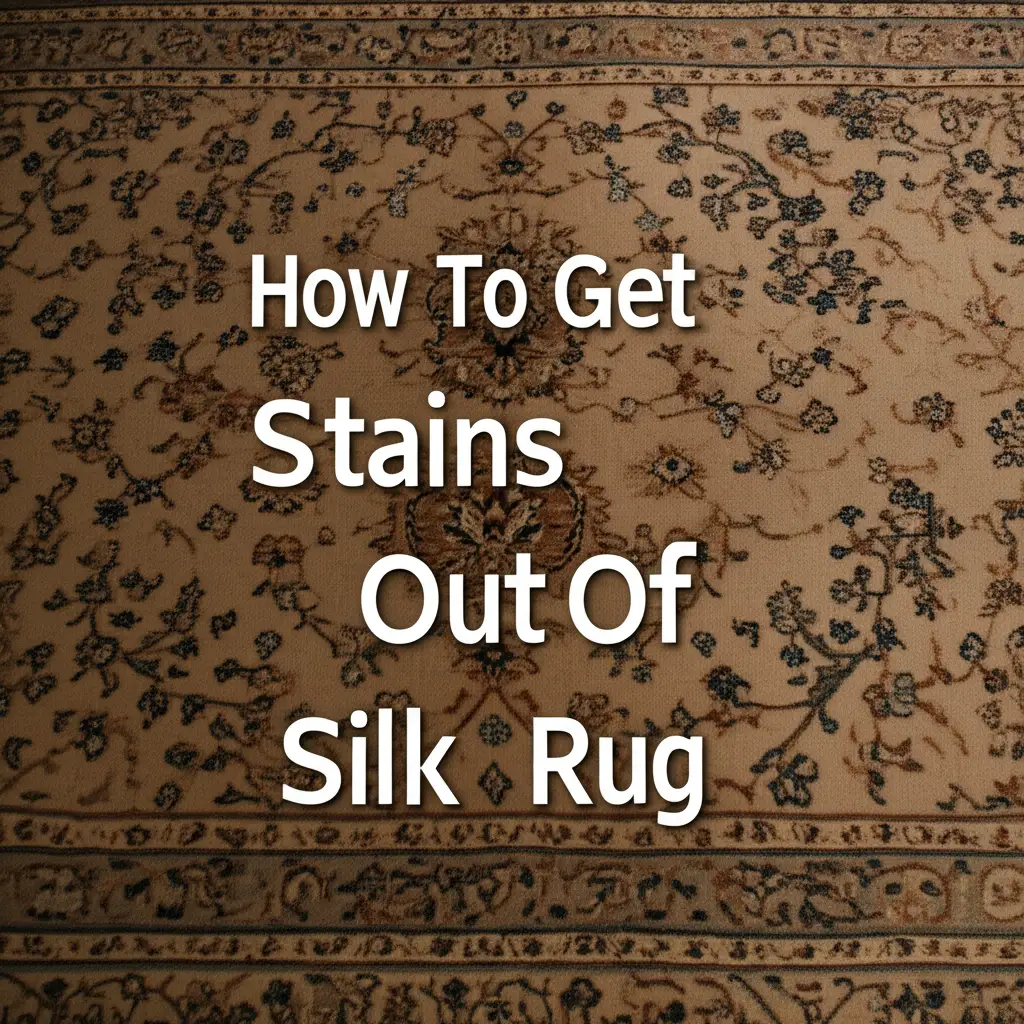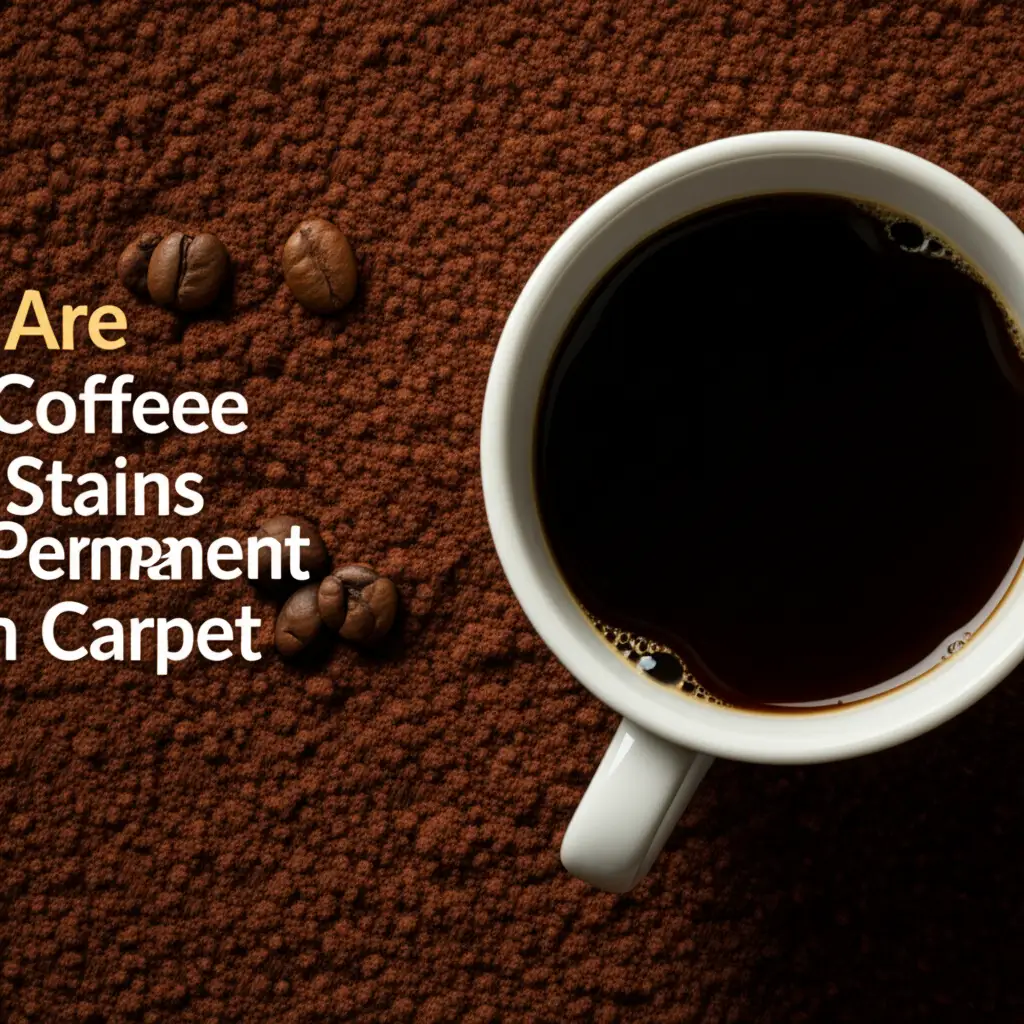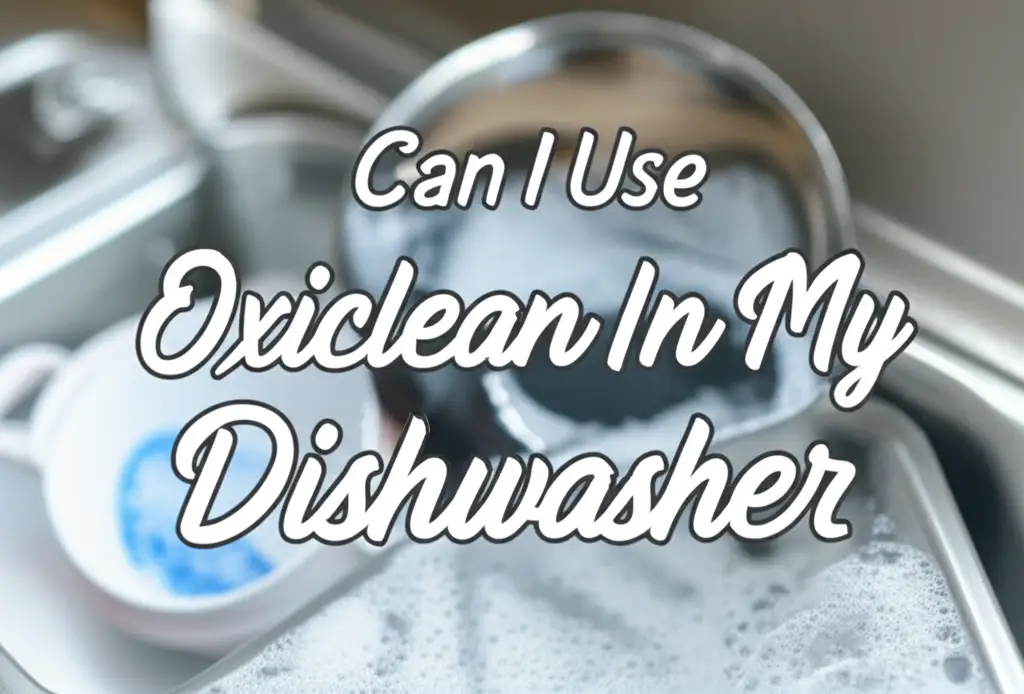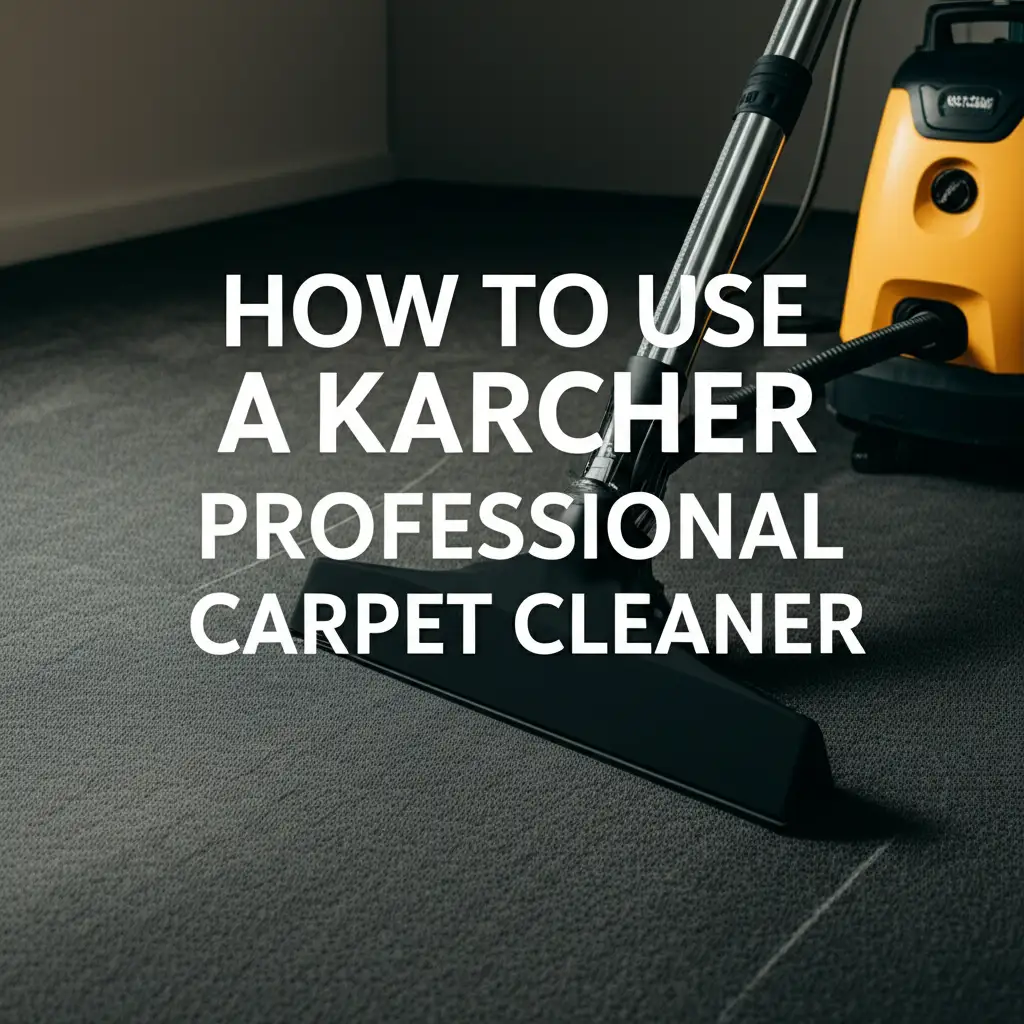· Tessa Winslow · Home Care · 19 min read
Do It Yourself Mattress Cleaning
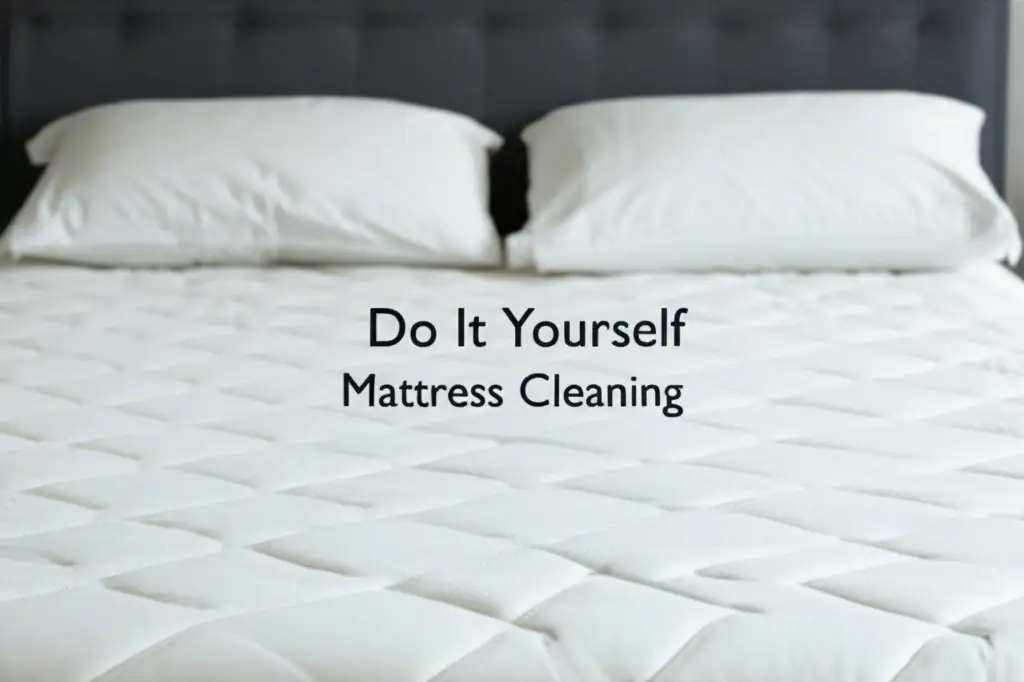
Do It Yourself Mattress Cleaning: A Complete Guide
Imagine sinking into a fresh, clean bed after a long day. Your mattress is a vital part of your sleep, but it often gets overlooked in cleaning routines. Over time, mattresses collect dust mites, dead skin cells, sweat, and allergens. This build-up can affect your health and the lifespan of your bed. Learning how to clean your mattress at home is a simple way to keep your sleeping space hygienic. This guide provides easy steps for effective do it yourself mattress cleaning. You will learn how to refresh your bed and promote better sleep.
Takeaway
Here are the key actions for cleaning your mattress at home:
- Regularly vacuum your mattress surface.
- Use baking soda to neutralize odors and absorb moisture.
- Treat stains promptly with appropriate, gentle solutions.
- Allow your mattress to dry completely to prevent mold.
- Use a mattress protector for ongoing hygiene.
Cleaning your mattress at home helps remove dust mites, allergens, and odors. It involves vacuuming, deodorizing with baking soda, and spot cleaning stains. This process extends your mattress’s life and creates a healthier sleep environment.
Why Your Mattress Needs Regular Cleaning
Your mattress is more than just a place to sleep; it is a home for microscopic life. Dust mites thrive in warm, humid environments like your bed. These tiny creatures feed on dead skin cells, and their waste can trigger allergies and asthma. Regular mattress cleaning removes these allergens. It helps create a healthier sleeping space for you and your family.
Keeping your mattress clean also helps control odors. Sweat, body oils, and occasional spills can cause unpleasant smells to build up over time. A clean mattress smells fresh and inviting. This contributes to a better sleep experience. Proper care extends the life of your mattress too. Dirt and moisture can break down mattress materials over time. Cleaning prevents this wear, helping your mattress last longer.
A good mattress is important for your overall health and well-being. It supports your body, relieves pressure points, and promotes restful sleep. Neglecting its cleanliness can undermine these benefits. You can find more information about the importance of mattress quality here: How Important Is A Good Mattress. Cleaning your mattress helps maintain its integrity. It ensures you continue to get the support and comfort you need for years to come.
Gathering Your DIY Mattress Cleaning Supplies
Before you start your do it yourself mattress cleaning, gather all necessary supplies. Having everything ready makes the cleaning process smooth and efficient. You probably have most of these items already in your home. This list focuses on common, safe household products. These items are effective for basic mattress care and stain removal.
You will need a vacuum cleaner with an upholstery attachment. This tool helps remove dust, dirt, and allergens from the mattress surface. Baking soda is a crucial item for deodorizing. It absorbs moisture and neutralizes odors naturally. A spray bottle is useful for applying cleaning solutions evenly. You will also need clean cloths or towels for blotting. Microfiber cloths work well because they are absorbent.
For stain removal, a mild liquid dish soap or an enzyme cleaner is often effective. Read labels carefully to ensure products are safe for your mattress material. You might also want a stiff brush for stubborn spots. Always use white or light-colored cloths to prevent dye transfer to your mattress. A bucket of clean water is good for rinsing cloths. Having these supplies ready saves time and ensures you can complete the cleaning task without interruption.
Step-by-Step Guide to Basic Mattress Cleaning
Starting your DIY mattress cleaning involves a few simple yet effective steps. These actions help remove surface dirt and refresh your bed. A regular routine keeps your mattress in good shape. It prevents major issues from developing.
Stripping and Vacuuming
First, remove all bedding from your mattress. This includes sheets, mattress pads, and any protectors. Wash your bedding according to the care labels while you clean the mattress. Next, use your vacuum cleaner with the upholstery attachment. Vacuum the entire surface of the mattress thoroughly. Pay extra attention to seams, crevices, and under buttons, where dust and debris gather.
Vacuum both sides of the mattress if it is flippable. This step removes dust mites, dead skin cells, and surface dirt. It prepares the mattress for deeper cleaning. A strong vacuum is key for this part. You want to lift as much dry material as possible. This makes subsequent cleaning steps more effective.
Deodorizing with Baking Soda
After vacuuming, it is time to deodorize your mattress. Baking soda is a natural, powerful odor absorber. Sprinkle a generous layer of baking soda evenly over the entire mattress surface. You can use a sieve to help distribute it. Let the baking soda sit for several hours, or even better, overnight.
Baking soda works by absorbing moisture and neutralizing odors. It pulls out smells like sweat and other body odors. If you have a particularly smelly mattress, let the baking soda sit for 24 hours. The longer it sits, the more effective it will be. After the waiting period, vacuum up all the baking soda completely. Your mattress should smell much fresher.
Spot Cleaning Stains
Now, address any visible stains. It is important to treat stains as soon as you notice them. Fresh stains are always easier to remove. For general spots, mix a small amount of mild liquid dish soap with cold water. Dampen a clean cloth with this solution. Gently blot the stain, working from the outside in. Do not rub the stain, as this can spread it further.
After blotting, use another clean cloth dampened with plain water to rinse the area. You want to remove all soap residue. Too much moisture can damage your mattress. Blot the area dry with a clean, dry towel. Repeat this process until the stain fades. Remember to always use minimal liquid. You can learn more about deep cleaning your mattress here: How to Deep Clean Your Mattress.
Drying Thoroughly
Proper drying is the most crucial step in do it yourself mattress cleaning. Any moisture left behind can lead to mold and mildew growth. This can ruin your mattress and cause health problems. After spot cleaning, allow the mattress to air dry completely. Open windows and doors in the room to increase air circulation. You can also use a fan to speed up the drying process.
Avoid making your bed until the mattress is fully dry. This might take several hours, or even a full day. You can feel the mattress surface to check for dampness. If possible, place the mattress in direct sunlight. Sunlight is a natural disinfectant and helps dry the mattress faster. Do not use a hairdryer or high heat, as this can damage the mattress materials. Ensure absolute dryness before putting on fresh bedding.
Tackling Common Mattress Stains: A Detailed Approach
Mattress stains are a common problem, but you can remove most of them with the right approach. Knowing how to handle specific types of stains is key to successful do it yourself mattress cleaning. Always act quickly when a spill happens. Fresh stains are much easier to treat than old, set-in ones. Always blot, never rub, to avoid spreading the stain.
Blood Stains
Blood stains can seem daunting, but they are treatable. For fresh blood, use cold water immediately. Hot water can set the protein in the blood, making it harder to remove. Dampen a clean cloth with cold water. Blot the stain repeatedly, rinsing the cloth often. If the stain remains, try a paste of hydrogen peroxide and baking soda. Apply the paste to the stain and let it sit for about 30 minutes. Then, scrape it off gently and blot the area with a cold, damp cloth. Test this solution on an inconspicuous area first.
Urine Stains
Urine stains require immediate attention, especially from pets or children. Urine leaves behind both a stain and an odor. First, blot up as much urine as possible with old towels. Press firmly to absorb moisture. Next, mix equal parts white vinegar and water in a spray bottle. Spray the solution onto the stain, saturating it. Vinegar neutralizes the ammonia in urine, which causes the smell. Sprinkle baking soda over the wet area. Let it dry completely, ideally overnight. Then, vacuum up the dry residue.
Sweat Stains
Sweat stains can yellow your mattress over time. They are often found where you sleep most. Mix a solution of hydrogen peroxide and a few drops of dish soap. You can also add a tablespoon of baking soda to this mix. Apply the solution to the sweat stain with a clean cloth. Gently blot the area. Let it sit for about 30 minutes. Then, blot with a clean, damp cloth to remove the solution. Allow the mattress to air dry completely. Regular airing of your mattress can help prevent these stains.
Food/Drink Spills
Accidental food or drink spills are common. The cleaning method depends on what spilled. For most non-greasy liquids like juice or coffee, blot immediately with a clean cloth. Then, use a solution of mild dish soap and cold water. Apply with a cloth, blot, and rinse with a damp cloth. For greasy stains, sprinkle cornstarch or baking soda on the fresh stain to absorb the grease. Let it sit for a few minutes, then vacuum it up. Follow with a mild soap and water solution.
Vomit Stains
Vomit stains require quick and thorough cleaning due to bacteria and odor. First, carefully remove any solid matter using a spoon or paper towel. Dispose of it immediately. Next, blot the area with old towels to absorb as much liquid as possible. Mix a solution of equal parts white vinegar and water with a squirt of dish soap. Spray this solution onto the stained area. Sprinkle a generous amount of baking soda over the wet spot. Let it sit until completely dry, usually several hours or overnight. Once dry, vacuum up all the residue. The vinegar and baking soda work together to break down the organic matter and neutralize odors.
Eliminating Persistent Mattress Odors Naturally
Even without visible stains, your mattress can develop unpleasant odors over time. These smells come from sweat, body oils, and environmental factors. Do it yourself mattress cleaning involves simple, natural methods to keep your bed smelling fresh. These techniques are safe for most mattress types and avoid harsh chemicals. A fresh-smelling mattress contributes greatly to a restful night’s sleep.
Baking Soda Power
Baking soda is the undisputed champion of odor elimination. Its chemical properties allow it to absorb and neutralize acidic and alkaline odors. After stripping your bed, sprinkle a very generous amount of baking soda over the entire mattress surface. Do not be shy with the amount; cover it well. For best results, let the baking soda sit for at least 6-8 hours, or even overnight. The longer it sits, the more odor it absorbs. After the waiting period, vacuum up all the baking soda thoroughly. Your mattress will feel significantly fresher.
Essential Oils (Optional, Light Use)
For an added fresh scent, you can lightly incorporate essential oils. After vacuuming up the baking soda, you can add a few drops of a refreshing essential oil. Mix 10-15 drops of essential oil (like lavender, tea tree, or eucalyptus) with the baking soda before sprinkling it. This infuses a subtle, pleasant aroma into the mattress as the baking soda works. Alternatively, after cleaning and drying, lightly mist a clean cloth with water and a drop or two of essential oil. Then, gently wipe the mattress surface. Be careful not to over-saturate or use too much oil, as it can stain or leave residue.
Sun Exposure
Sunlight is a natural sanitizer and deodorizer. If possible, take your mattress outdoors on a sunny, dry day. Lean it against a wall or prop it up to expose both sides to direct sunlight. The UV rays from the sun help kill bacteria and dust mites. The fresh air also helps dissipate odors naturally. Leave it out for several hours. This method is incredibly effective for removing musty smells. Always ensure the weather is dry and clean before attempting this. Avoid leaving it out if there is any chance of rain or excessive humidity.
Cleaning Specific Mattress Types: What You Need to Know
Different mattress materials require slightly different cleaning approaches. While the basic steps of vacuuming and deodorizing with baking soda remain universal, moisture application varies. Understanding these differences prevents damage and ensures effective do it yourself mattress cleaning for your specific bed. Always check your mattress manufacturer’s guidelines if you are unsure.
Memory Foam Mattress Cleaning
Memory foam mattresses are known for their body-conforming comfort. However, they are sensitive to moisture. Too much water can damage the foam and lead to mold growth inside. When cleaning a memory foam mattress, use minimal liquid. Blot stains gently with a slightly damp cloth. Avoid soaking the foam. For spot cleaning, use a very diluted solution of mild soap and water. Wring out your cloth thoroughly before blotting. For odors, baking soda is your best friend. Sprinkle it generously, let it sit for hours, and then vacuum completely. Ensure the mattress is absolutely dry before putting bedding back on. Fans and open windows help with air circulation.
Innerspring Mattress Cleaning
Traditional innerspring mattresses are more resilient to moisture than memory foam, but care is still needed. These mattresses have coils and padding layers. You can be a bit more liberal with your cleaning solutions for stains. Use a mixture of mild detergent and water for spot cleaning. You can use a spray bottle to lightly mist stains. Always blot the liquid with a clean towel after applying. Make sure to dry the mattress thoroughly. Good airflow is key. Flipping your innerspring mattress regularly also helps air it out and distribute wear. You can learn how to do this yourself here: How to Rotate Mattress By Yourself.
Latex Mattress Cleaning
Latex mattresses are durable and naturally resistant to dust mites and mold. They are also sensitive to harsh chemicals and excessive moisture. Use gentle cleaning methods for latex. For surface dirt, regular vacuuming is sufficient. For stains, use a very mild soap solution diluted in water. Apply with a clean, slightly damp cloth. Blot the stain carefully. Avoid saturating the latex, as it can break down or develop mildew if wet inside. Never use strong chemicals, bleach, or abrasive cleaners on latex. Baking soda works well for deodorizing without harming the material. Ensure complete air drying before remaking the bed.
Advanced Mattress Cleaning Techniques for Deeper Hygiene
Sometimes, basic cleaning is not enough for older mattresses or stubborn issues. Advanced do it yourself mattress cleaning techniques can tackle deeper stains and lingering problems. These methods use specialized products or tools. Always exercise caution and test any new product in an inconspicuous area first. This helps prevent damage to your mattress.
Steam Cleaning (Cautionary Notes)
Steam cleaning can be effective for sanitizing and lifting deep-seated dirt. The heat from steam can kill dust mites and bacteria. However, steam cleaning a mattress requires extreme care. Too much moisture is the biggest risk. This can lead to mold growth and damage the mattress materials. If you choose to steam clean, use a handheld steamer on a low setting. Move the steamer quickly across the surface, applying steam sparingly. Do not hold it in one spot. Immediately follow with a dry, absorbent towel to blot up any moisture. Ensure proper ventilation and allow the mattress to air dry completely for several hours or even days. This method is generally not recommended for memory foam or latex mattresses.
Enzyme Cleaners (for Organic Stains/Odors)
Enzyme cleaners are powerful tools for organic stains and odors. These cleaners contain enzymes that break down proteins, fats, and starches. They are very effective on urine, vomit, blood, and sweat stains. Look for enzyme cleaners specifically designed for pet stains or organic matter. Follow the product instructions carefully. Typically, you apply the cleaner to the stain, let it sit for a specified time, and then blot it away. The enzymes continue to work as long as the area remains damp. Always ensure good ventilation when using these products. Rinse the area lightly with clean water and blot dry after treatment. Enzyme cleaners are excellent for fully eliminating odors rather than just masking them.
Preventative Measures and Ongoing Mattress Care
Maintaining a clean mattress is easier with regular preventative measures. Do it yourself mattress cleaning is not just about reacting to messes. It is also about proactive care. Small, consistent efforts extend the life of your mattress. They also ensure a consistently healthy sleep environment. Incorporating these habits into your routine will make future deep cleans much simpler.
Using Mattress Protectors
A high-quality mattress protector is your first line of defense. It acts as a barrier against spills, sweat, allergens, and dust mites. Protectors come in various types, including waterproof, hypoallergenic, and encasement styles. For maximum protection, choose a waterproof encasement protector. This zips around the entire mattress, covering all six sides. It prevents anything from getting into or out of the mattress. Regularly washing your mattress protector, as often as your sheets, keeps it clean. Using protectors can also help make your mattress last longer. You can learn more about different types of protectors, like those for cribs, here: Are Crib Mattress Protectors Safe. Also, consider the benefits of a luxury mattress pad for added comfort and protection: What Is A Luxury Mattress Pad. A polypropylene mattress cover can also offer waterproof properties: Is Polypropylene Mattress Cover Waterproof.
Regular Vacuuming
Even with a protector, dust and allergens can accumulate on the mattress surface. Make it a habit to vacuum your mattress every few months, or more often if you have allergies. Use the upholstery attachment on your vacuum cleaner. Focus on the entire surface, paying attention to seams and crevices. This simple step removes loose dirt and dust mites before they settle deeper into the mattress fibers. It is a quick way to maintain freshness between deeper cleans.
Airing Out Your Mattress
Mattresses can trap moisture from sweat and humidity. This creates an ideal breeding ground for mold and mildew. To combat this, air out your mattress regularly. Once a month, strip your bed completely. Leave the mattress uncovered for a few hours. Open windows in the room to allow for good air circulation. If possible, expose the mattress to sunlight. Sunlight is a natural disinfectant and helps dry out any trapped moisture. This simple step can greatly reduce odors and prevent moisture-related issues.
Flipping/Rotating Your Mattress
Depending on your mattress type, flipping or rotating it regularly can help. This distributes wear evenly and extends the life of the mattress. For flippable mattresses, flip it over every 3-6 months. For non-flippable mattresses, rotate it 180 degrees. This means the head of the bed becomes the foot. Refer to your mattress manufacturer’s recommendations for specific guidance. This practice, combined with cleaning, ensures your mattress remains comfortable and supportive for longer. You can find detailed instructions on how to rotate your mattress yourself here: How to Rotate Mattress By Yourself.
When to Call a Professional Mattress Cleaner
While do it yourself mattress cleaning is effective for regular maintenance, there are times when professional help is best. Very old, deeply set stains might require stronger treatments. If your mattress has severe mold or mildew growth, a professional can assess the damage. They have specialized equipment and chemicals to tackle these issues safely. They can also perform deep cleaning that reaches layers you cannot access. If a strong, persistent odor remains after your best efforts, consider a professional. They can often restore a mattress that seems beyond home cleaning. For extreme cases, a professional cleaning might save you from buying a new mattress.
FAQ Section
How often should I clean my mattress? You should vacuum your mattress every 1-3 months. A deeper clean, including deodorizing with baking soda and spot cleaning, is good every 6 months. If you have allergies, pets, or sweat a lot, clean it more often. Regular maintenance helps keep your mattress fresh and extend its life.
Can I use a steam cleaner on my mattress? You can use a steam cleaner on some mattresses, but with great caution. Use minimal steam and move quickly. Too much moisture can cause mold. Avoid steam on memory foam and latex mattresses as it can damage the material. Always ensure your mattress dries completely afterwards.
How do I dry my mattress quickly after cleaning? To dry your mattress quickly, ensure good air circulation. Open windows and use fans in the room. If possible, put the mattress in direct sunlight, which also helps sanitize it. Do not use high heat like a hairdryer, as this can damage the mattress. Allow ample time for drying, often several hours or overnight.
Is it safe to use harsh chemicals on my mattress? It is generally not safe to use harsh chemicals like bleach or strong detergents on your mattress. These can damage the mattress materials, leave harmful residues, and cause skin irritation. Stick to mild soaps, baking soda, white vinegar, and enzyme cleaners. Always test new solutions on a small, hidden area first.
How can I prevent stains on my mattress? The best way to prevent mattress stains is by using a high-quality, waterproof mattress protector. This barrier stops spills and body fluids from reaching the mattress fabric. Avoid eating or drinking in bed. Also, address any spills immediately. Quick action prevents stains from setting.
Does mattress cleaning help with allergies? Yes, mattress cleaning significantly helps with allergies. Regular vacuuming removes dust mites, their droppings, and other allergens that trigger symptoms. Deodorizing with baking soda and addressing moisture also contributes to a healthier sleeping environment. Using an allergen-proof mattress protector is also very effective.
Conclusion
Taking on do it yourself mattress cleaning is a simple but powerful step for a healthier home. You now have the knowledge to refresh your sleeping space. Regular cleaning removes allergens, eliminates odors, and extends your mattress’s life. It does not require special skills or expensive tools. You can use common household items to make your bed feel new again.
Remember to vacuum often, use baking soda for freshness, and treat stains promptly. Pay attention to drying your mattress completely to avoid mold. Your efforts create a cleaner, more inviting bed. A clean mattress means better sleep and improved well-being. Start your DIY mattress cleaning journey today. Enjoy the fresh, clean comfort your efforts bring.


